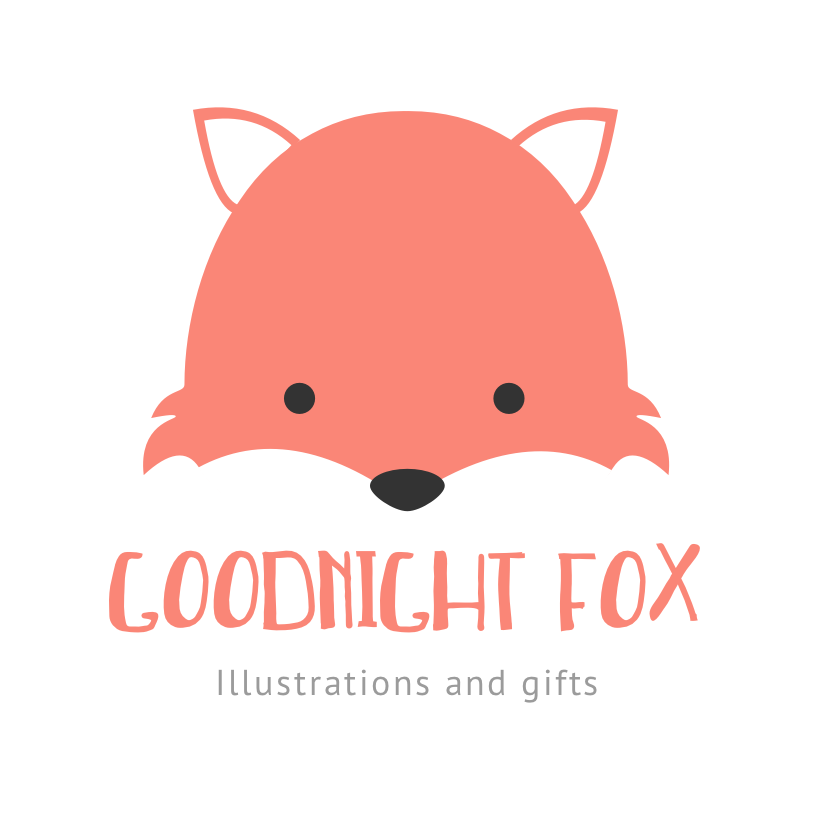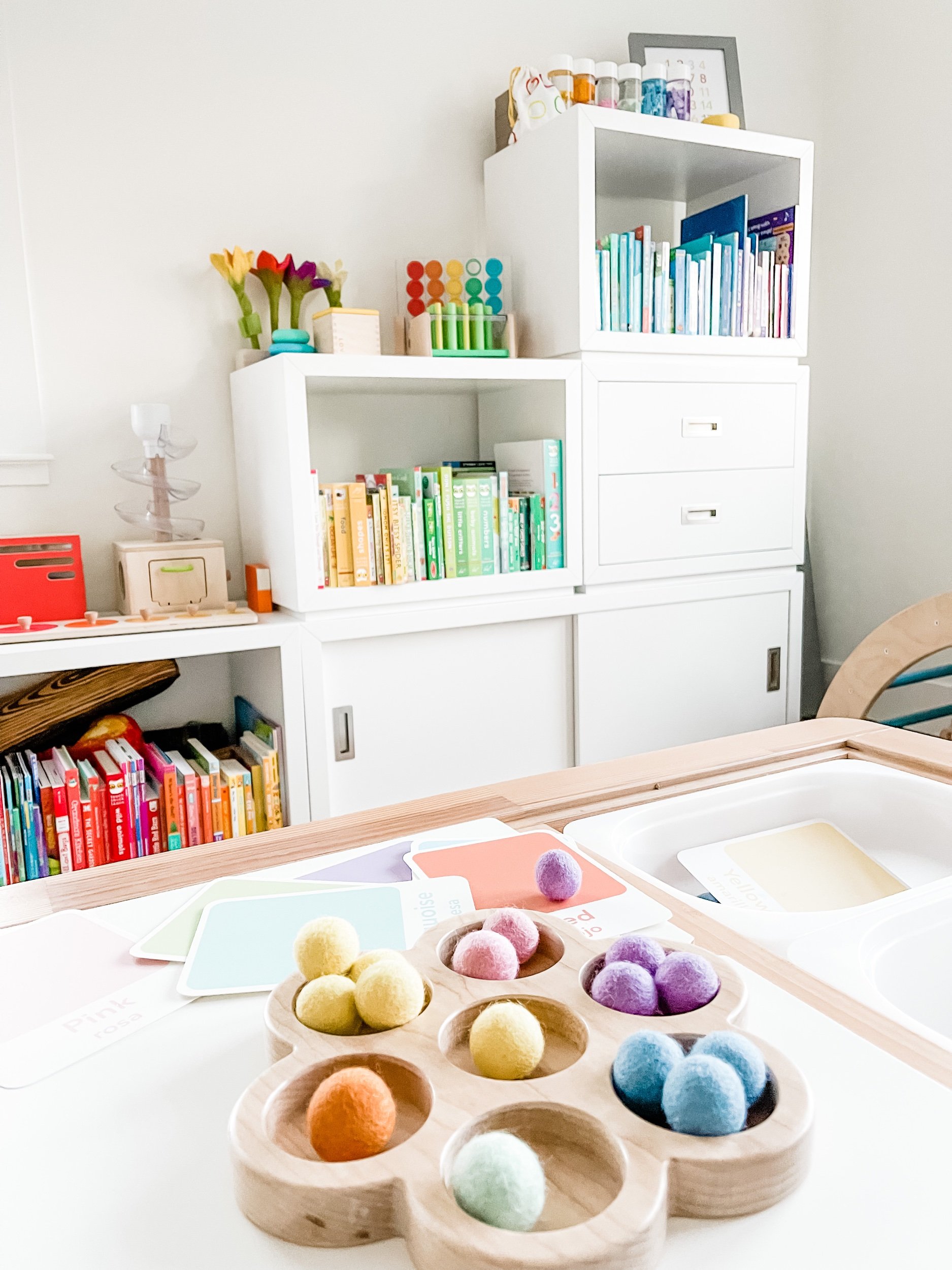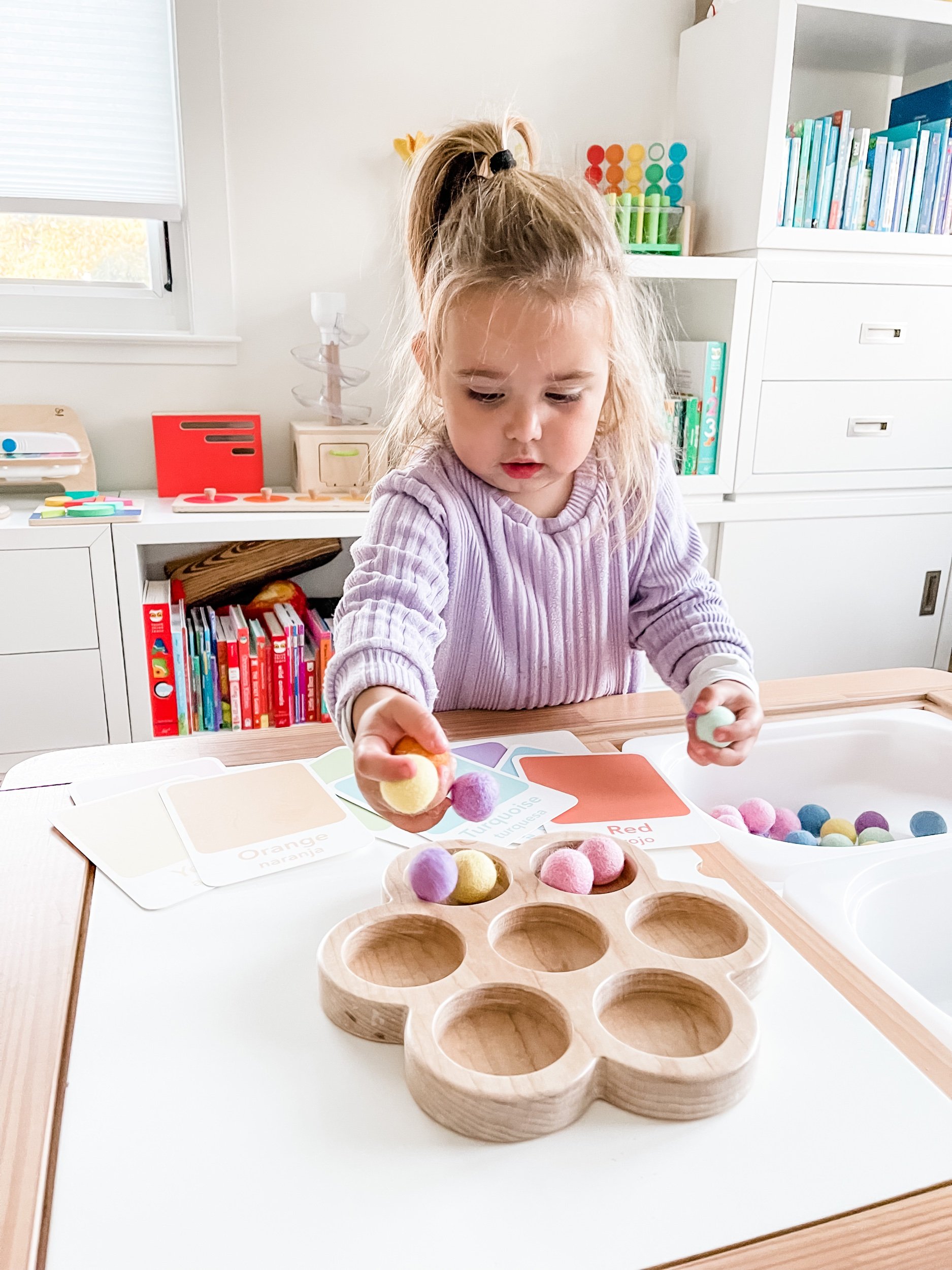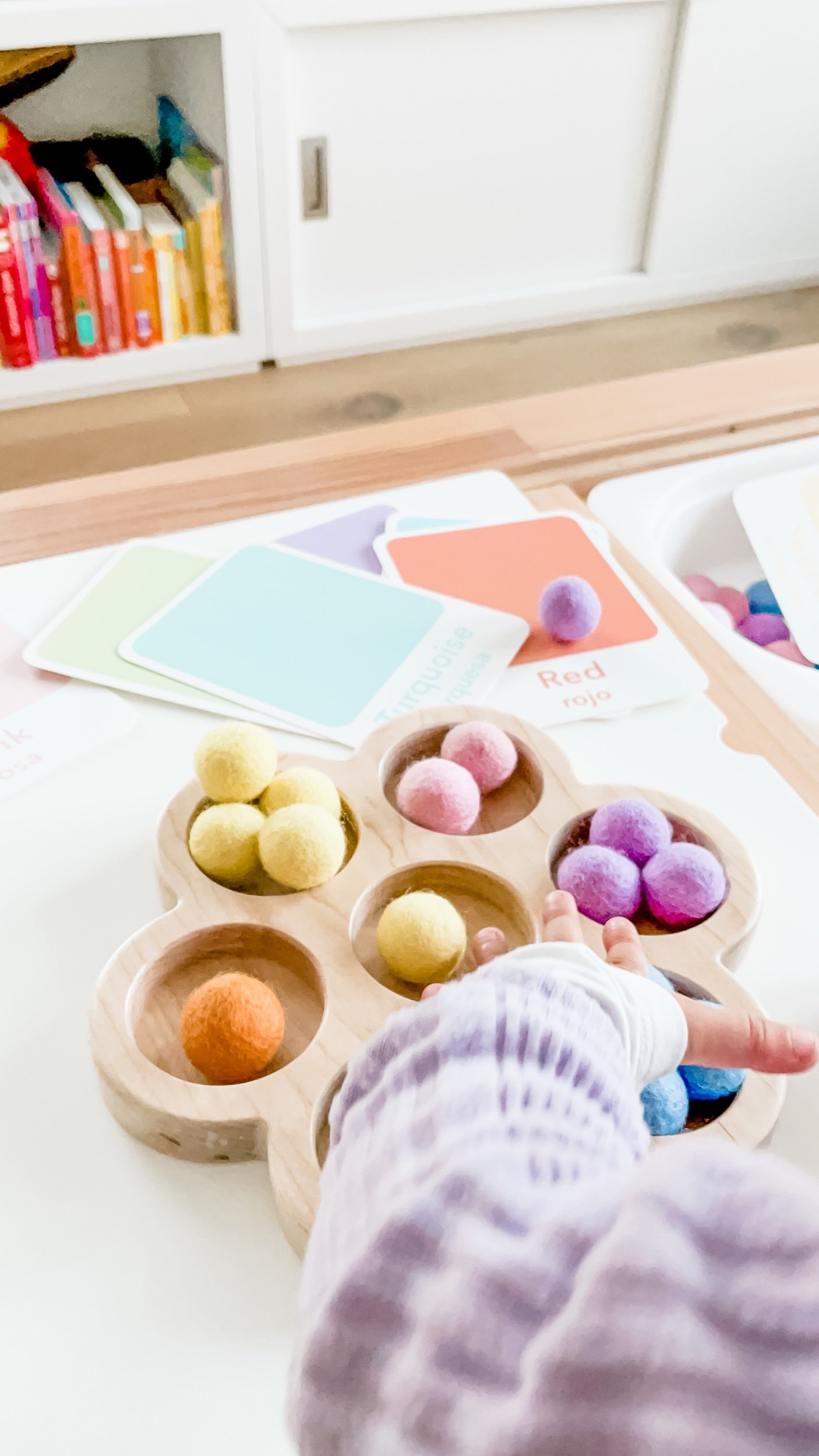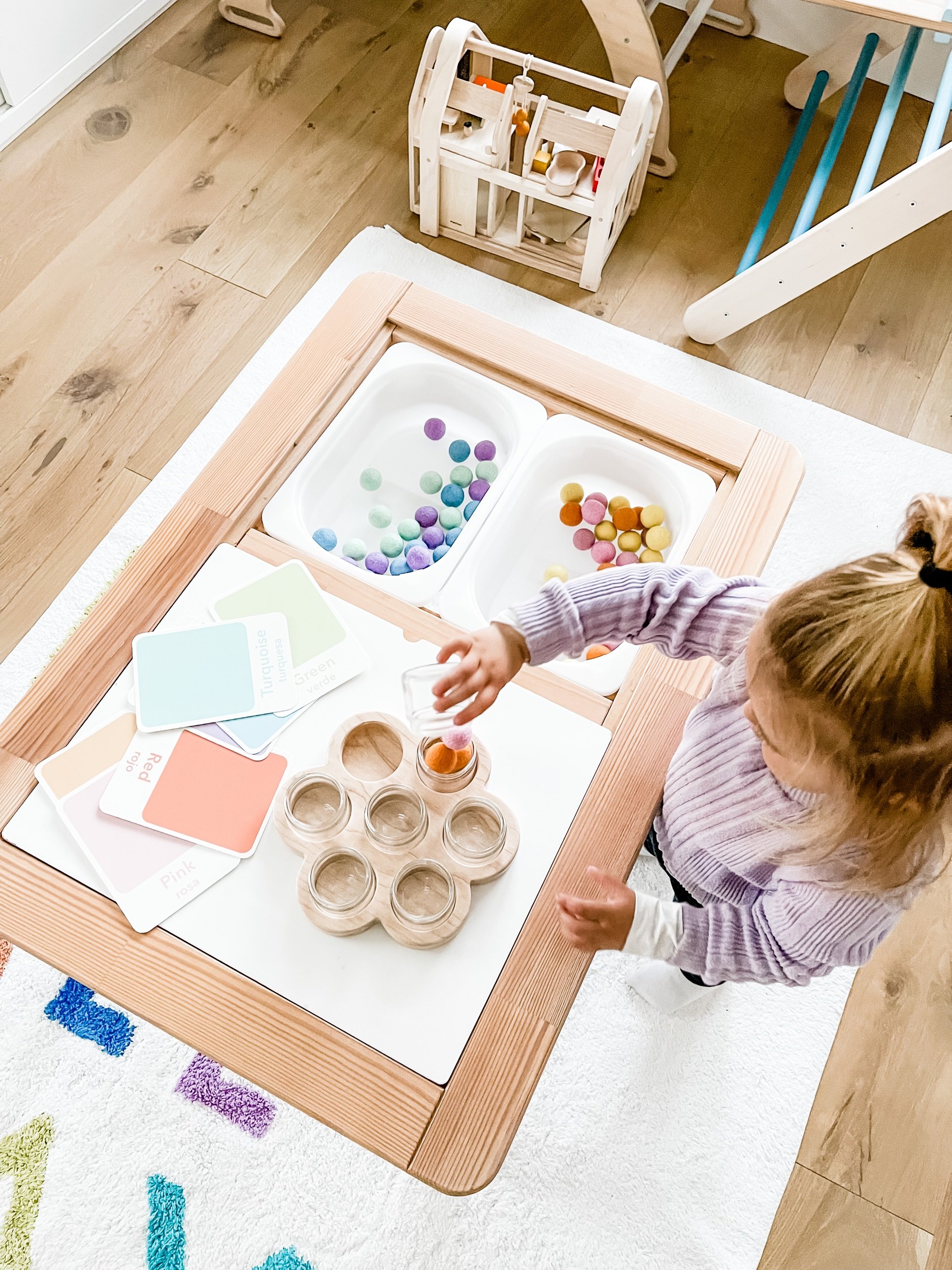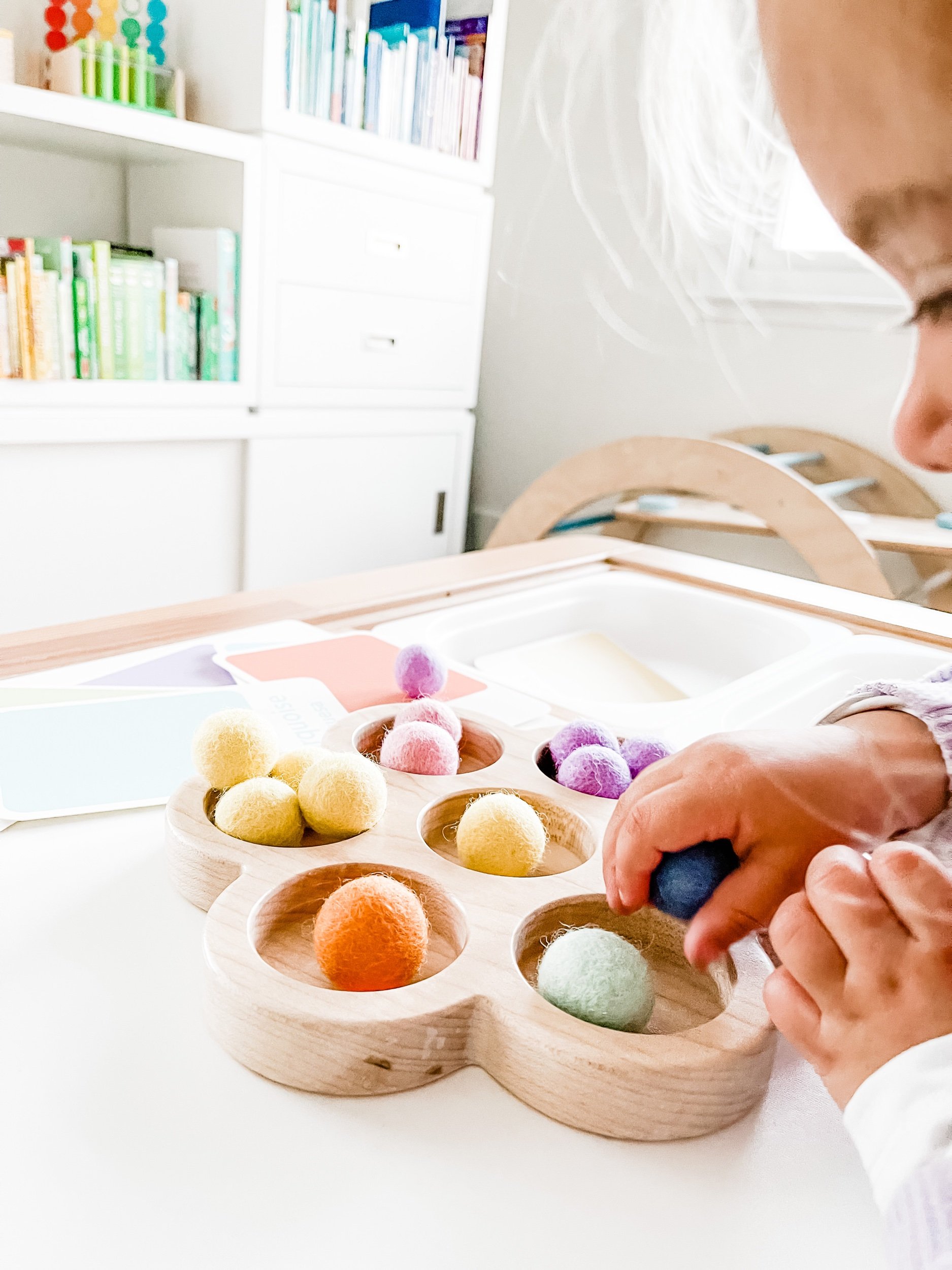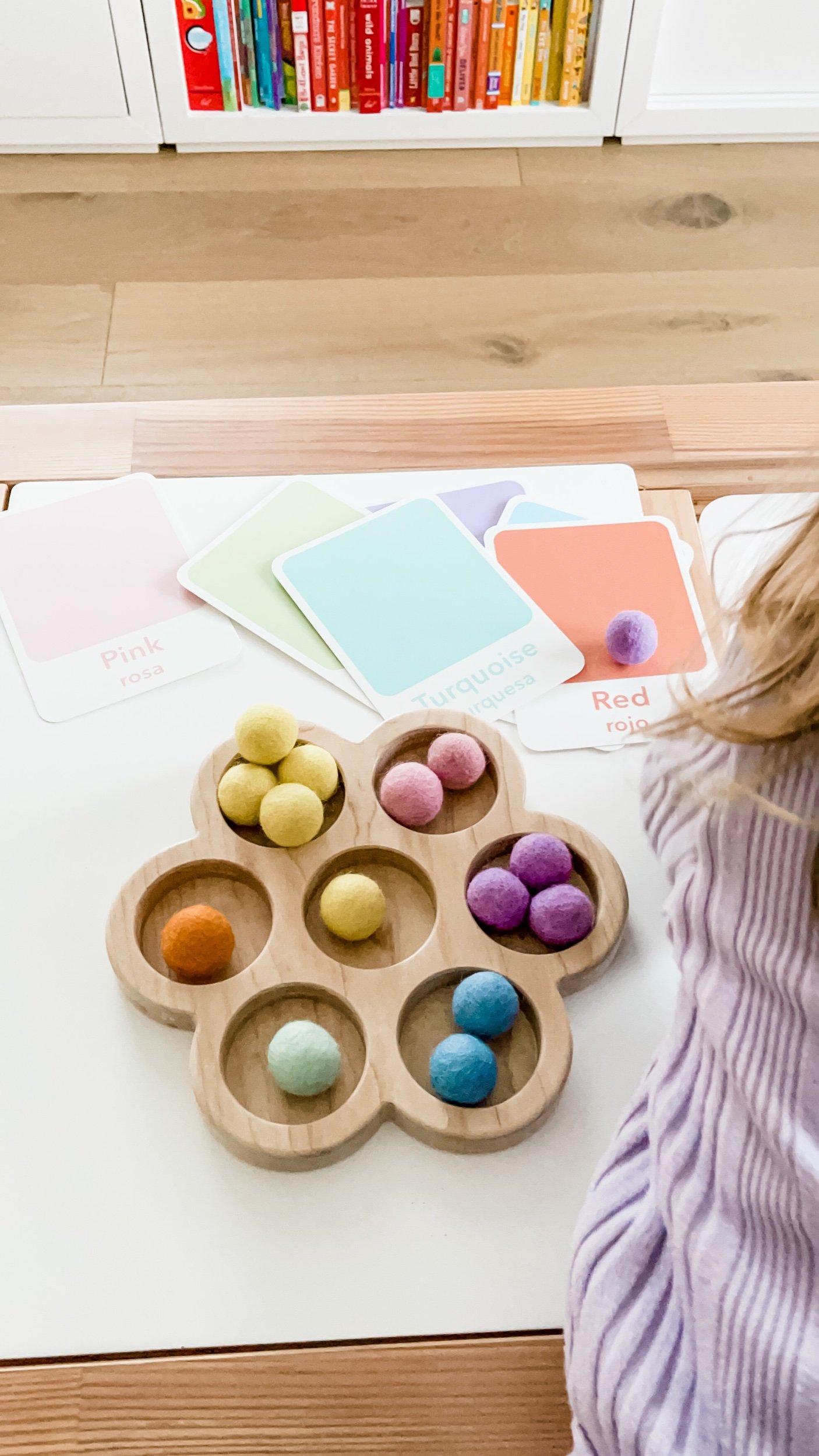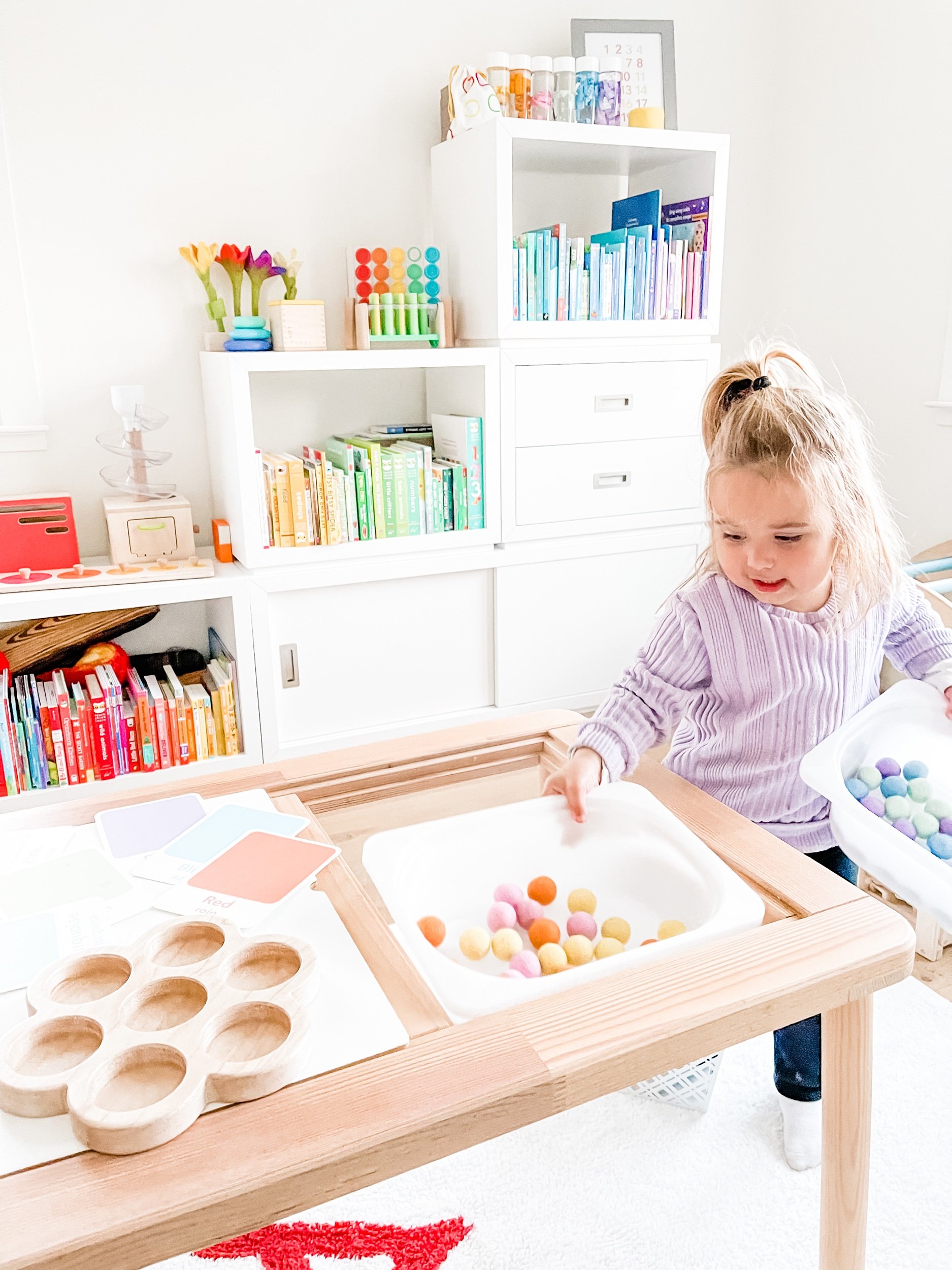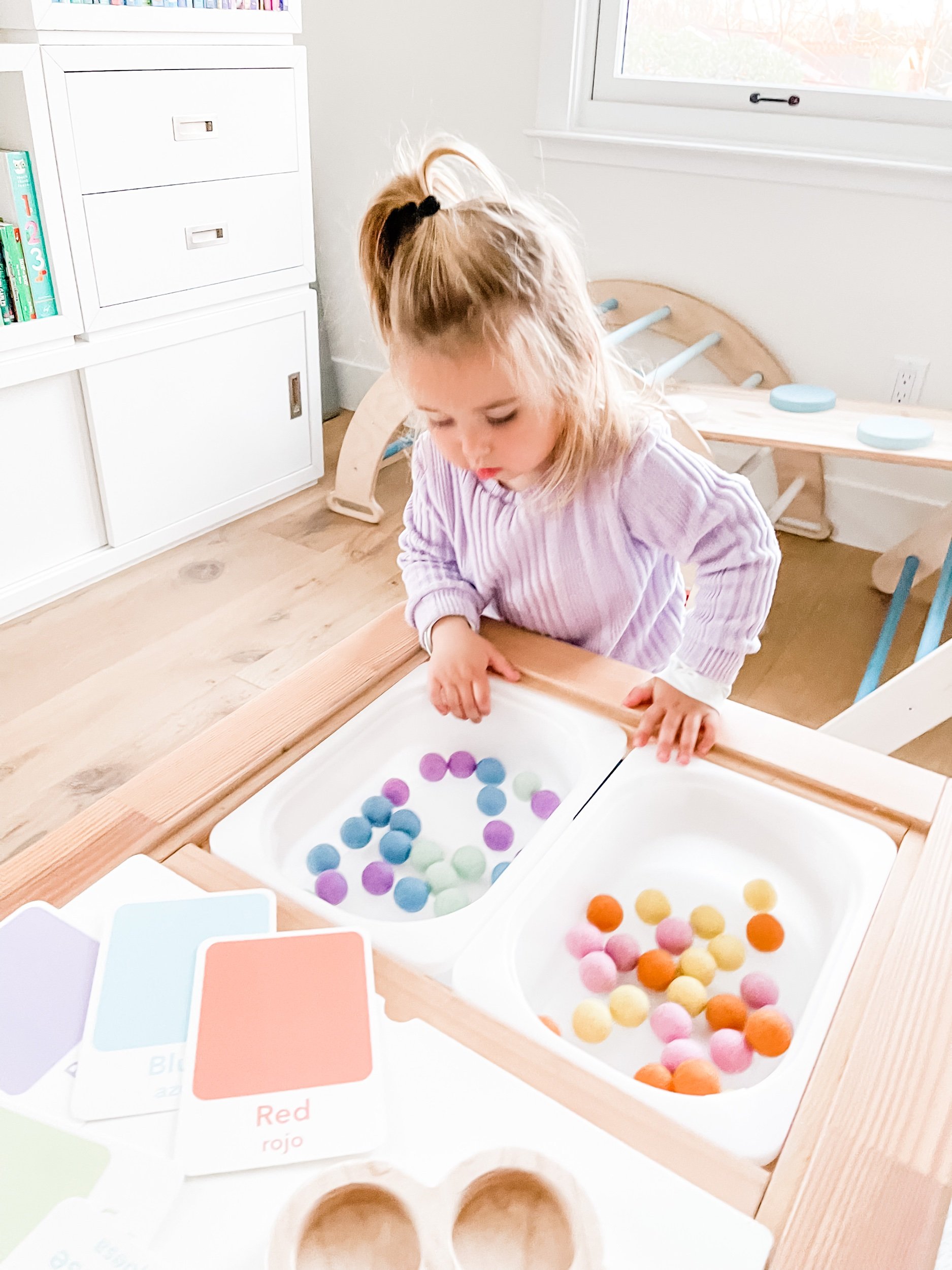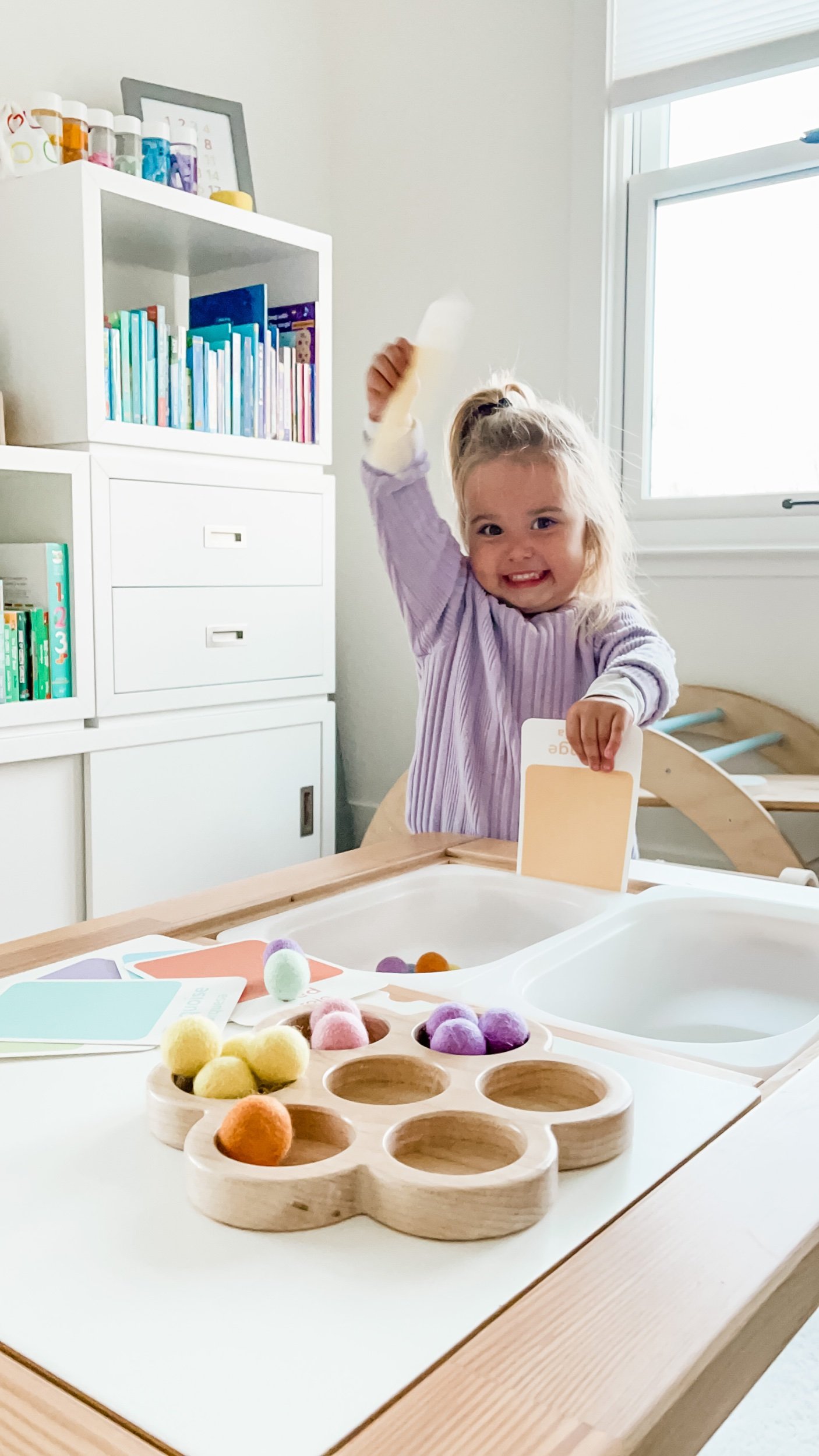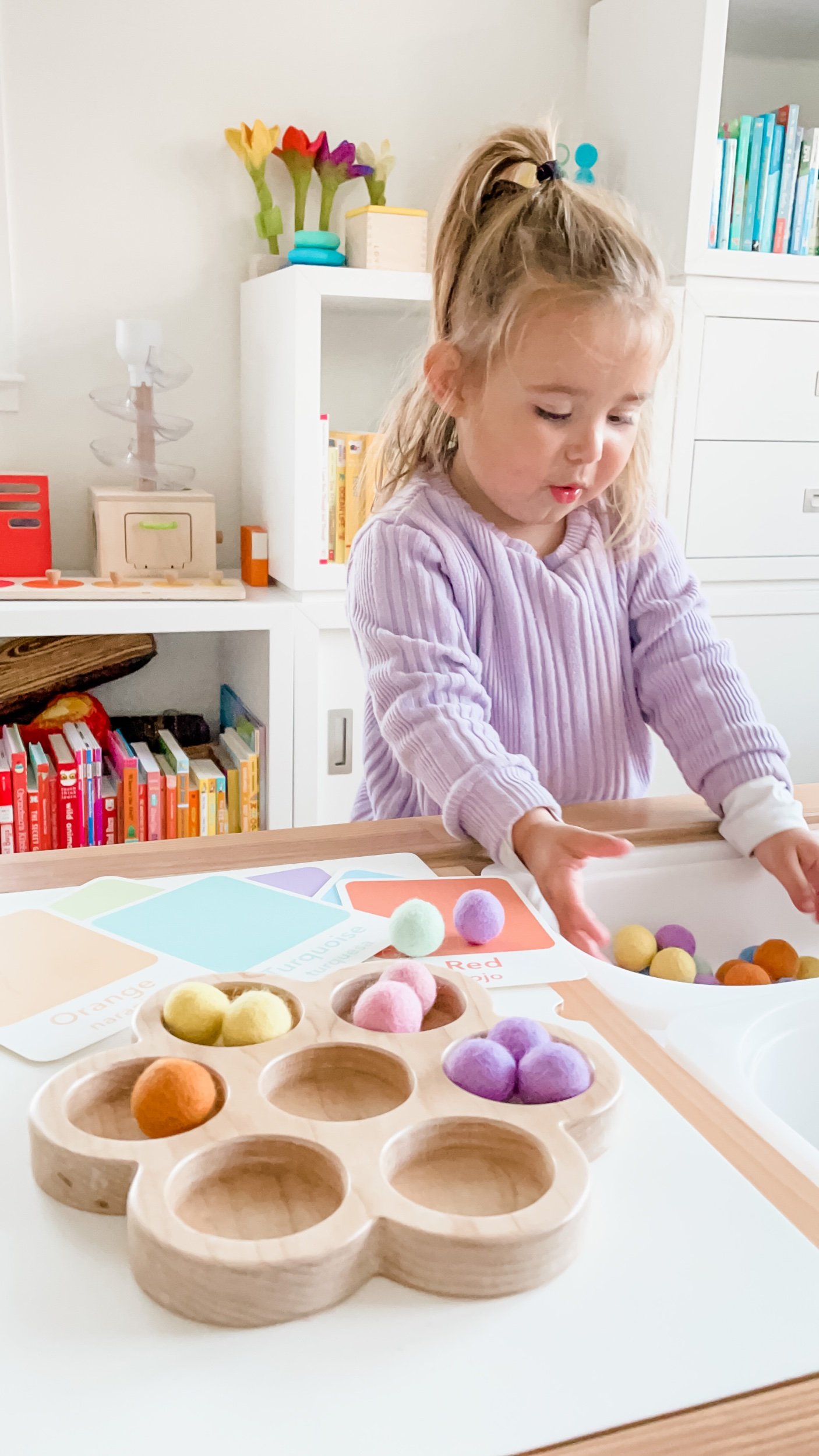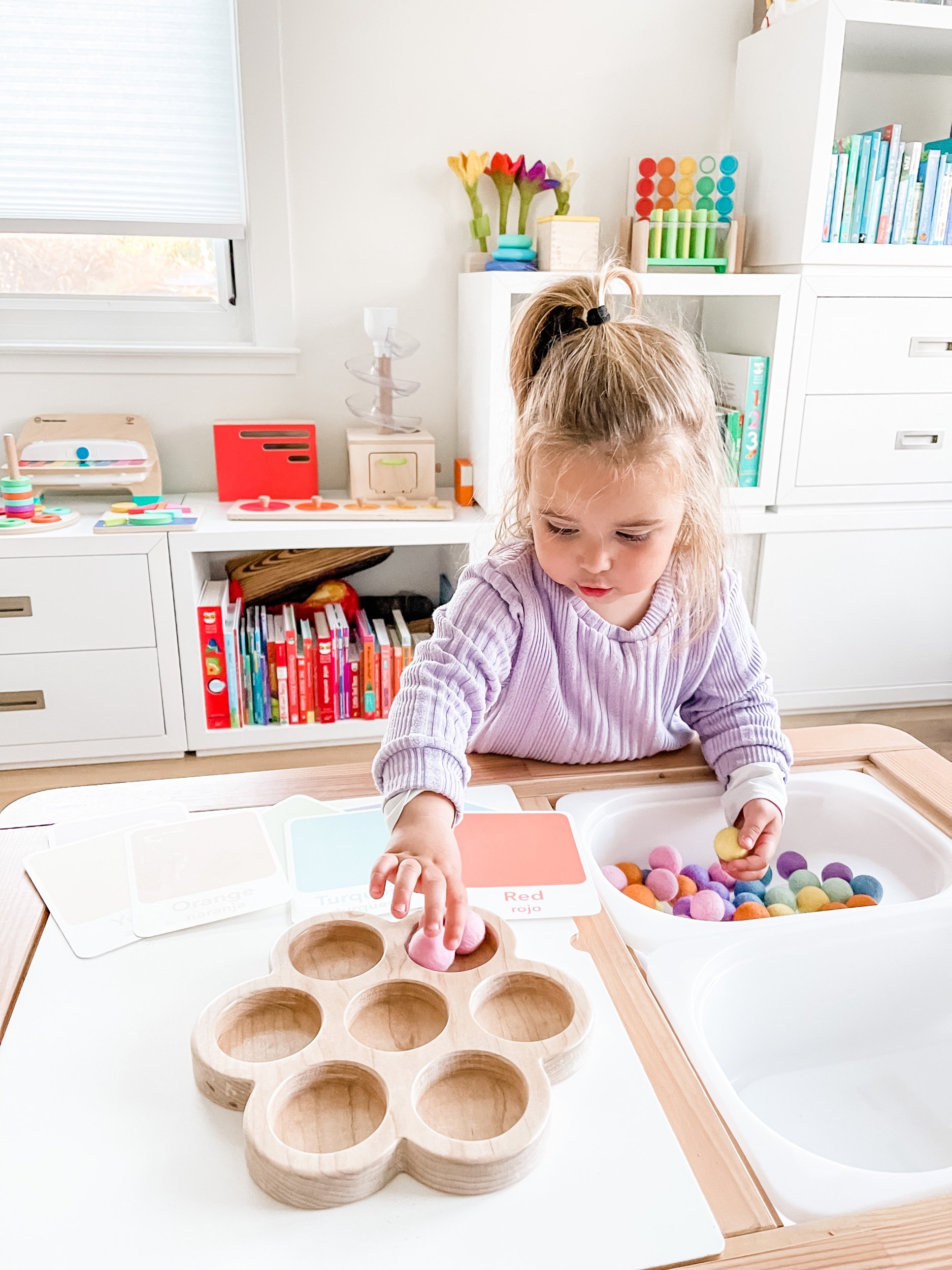Color sorting activities are a great way to introduce young children to the world of colors and shapes. These activities not only provide a fun and engaging way for toddlers to learn, but they also offer a variety of benefits to their early education.
One of the main benefits of color sorting activities is that they help to develop a child's fine motor skills. Sorting and matching small objects requires the use of small muscle movements, which helps to improve hand-eye coordination and dexterity. This can be especially beneficial for children who are just learning how to use a pencil or scissors.
Another benefit of color sorting activities is that they help to improve a child's cognitive development. Sorting and matching objects by color requires children to use their problem-solving skills and think logically. This type of activity helps to develop a child's ability to categorize, compare and contrast, and make predictions.
Color sorting activities are also a great way to teach children about the different colors and their names. By sorting and matching objects by color, children can learn to identify and name different colors, which is an important foundation for learning in other areas such as reading and math.
In addition, our Color Sorting Flashcards are specially designed to make the learning experience more fun and engaging for your toddler. These cards are made of durable and thick cardstock, coated with a matte slobber-resistant coating that makes it easy to wipe and clean. These cards are built to last and will provide countless hours of learning and fun for your child.
In conclusion, color sorting activities are a great way to introduce your toddler to the world of colors and shapes, helping to improve their fine motor skills, cognitive development, problem-solving skills and color recognition. Our Color Sorting Flashcards are the perfect tool for this type of activity, providing a fun and engaging learning experience for your child. Order your set today and give your toddler the gift of learning!
Lesson Plan: Colors of the Rainbow
Duration: 1 week (5 days)
Age: Preschoolers (3-5 years old)
Objective:
Students will be able to identify and name the colors of the rainbow.
Students will be able to sort objects by color.
Day 1: Introduction to the Colors of the Rainbow
Introduce the colors of the rainbow (red, orange, yellow, green, blue, indigo, violet) to the students using flashcards or pictures.
Have students repeat the names of the colors and point to the corresponding color on the flashcards or pictures.
Introduce the color sorting activity and explain that the students will be sorting objects by color throughout the week.
Day 2: Sorting Red Objects
Provide the students with a variety of red objects (examples: red apples, red crayons, red balls, etc.).
Have the students sort the objects by color and place them in a red bin or container.
Review the name of the color and have the students repeat it.
Day 3: Sorting Orange Objects
Provide the students with a variety of orange objects (examples: orange slices, orange crayons, orange balls, etc.).
Have the students sort the objects by color and place them in an orange bin or container.
Review the name of the color and have the students repeat it.
Day 4: Sorting Yellow Objects
Provide the students with a variety of yellow objects (examples: yellow lemons, yellow crayons, yellow balls, etc.).
Have the students sort the objects by color and place them in a yellow bin or container.
Review the name of the color and have the students repeat it.
Day 5: Review and Assessment
Review the colors of the rainbow by having the students point to the corresponding color on flashcards or pictures.
Have the students sort a mixed bag of objects by color and place them in the correct bin or container.
Assess the students' understanding of the colors of the rainbow and their ability to sort objects by color.
Note: Repeat the above steps for the rest of the colors of the rainbow (green, blue, indigo, and violet) in the next week or as per the schedule.
Note: The above lesson plan is a general guide and can be modified to suit the needs and abilities of your students. It is also important to keep in mind that preschoolers learn best through hands-on activities, so make sure to provide plenty of opportunities for them to explore and manipulate materials.
